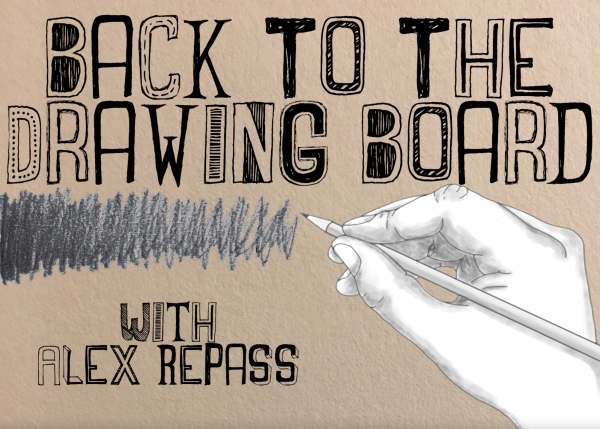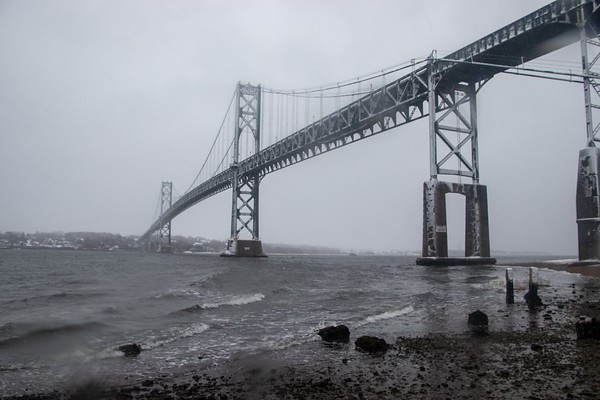Slow down?
Speed limits. They are one of those annoying things you know you should follow or you will regret it. Just like eating vegetables or exercising, there are plenty of people who would much rather not, although the possible consequences are not something anyone wants to deal with. They’re put in place for our safety, but do they really ensure our safety? Like almost everything else in life, there is no simple answer.
In local neighborhoods and areas with pedestrian traffic, the speed limits make complete sense. Usually posted at 25 to 35 miles per hour, no one can honestly say going any faster with pedestrians around is safe. To help you better understand, here is a brief overview of how speed limits are created. When a new road is finished, traffic engineers conduct what is called a “speed study.” They measure the speeds at which people are traveling on the new road and base their recommendation to lawmakers on the 85th percentile — more simply, the speed at which 85 percent of people seem comfortable going. Generally, lawmakers accept this recommendation and have the speed limit set.
However, across America, sentiment toward speed limits is changing. Many highways have increased speed limits over the past decade, albeit gradually. Automotive technology is advancing at extreme rates; many modern cars can detect an oncoming crash and even prevent one. Additionally, cars are made safer than they ever have been before. Gone are the days of relying on a giant bumper to try and absorb a crash. Among other new features and regulations, cars are made with “crumple zones” in order to ensure the survival of the driver.
Vehicles in general are also much more comfortable and easier to drive at higher rates of speed now. Provided the vehicle is working correctly, it feels entirely normal and safe to cruise on a highway at 80 miles per hour when that once felt like an accident waiting to happen. The point is, vehicular technology is advancing rapidly, so why aren’t the laws surrounding them? Cruising at 80 miles per hour on a long stretch of highway may feel entirely safe and comfortable to most drivers nowadays, but for the majority of highways in the United States, it is a ticket-able offense. In Rhode Island, 26,926 speeding tickets were issued in 2016 alone, according to research by Yonkers Honda.
When you take out the local road infractions, a large portion of those are highway speeding violations. This doesn’t stop most people from going 10 miles per hour or more over the speed limit on the highway, but does this mean people’s lives are being endangered?
This discussion begs an important question: what are lawmakers to do? I believe all we have to do is look across the pond for inspiration. Any car enthusiast is familiar with the Autobahn, the famous German highway system. While it is commonly thought that the Autobahn has no speed limit, many stretches of the Autobahn do. However, those posted speed limits are primarily found when traveling through urban and populated areas. The long stretches in between those areas seem to be free game. Naysayers will shake their heads at this and say that it is unsafe. Nevertheless, the most recent reports indicate the Autobahn is far safer than Germany’s local roads. In 2014, the Autobahn had a fatality rate of 1.6 deaths per billion travel-kilometers, compared to the 4.6 rate on urban streets and 6.5 rate on rural roads, according to the Federal Highway Research Institute (BAST).
What makes the Autobahn safer than American roads is safer drivers. Laws such as not passing on the right, safe following distances and (believe it or not) minimum speed limits are much more closely obeyed and enforced. It would require a nationwide shift in driving culture to achieve what we are supposed to learn in high school. If this is possible, is it time for an American Autobahn?





